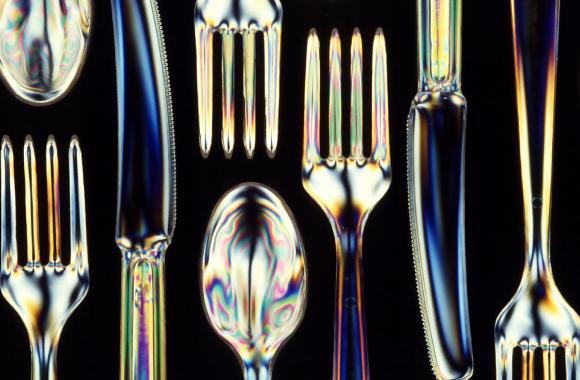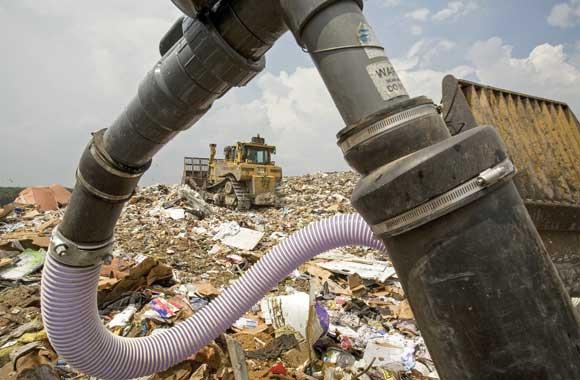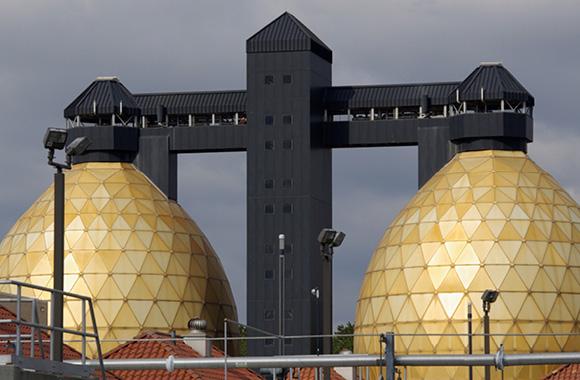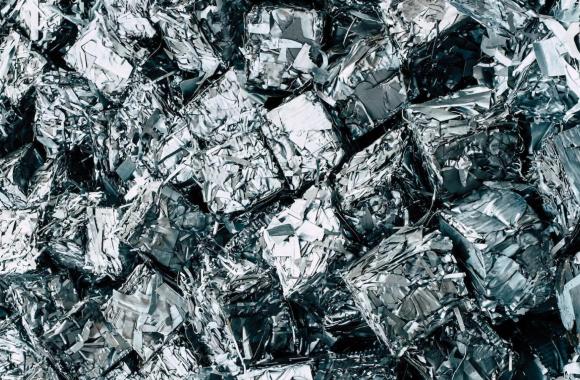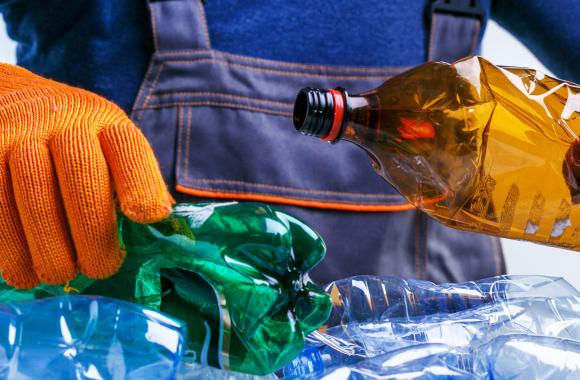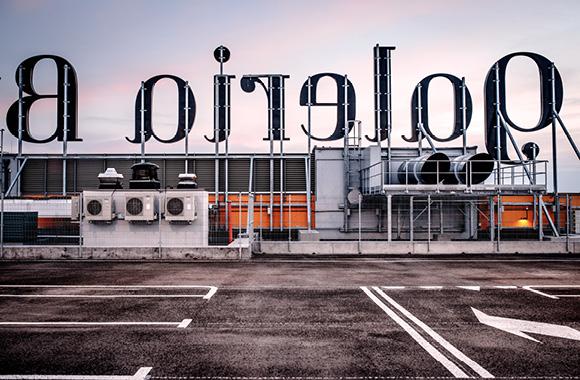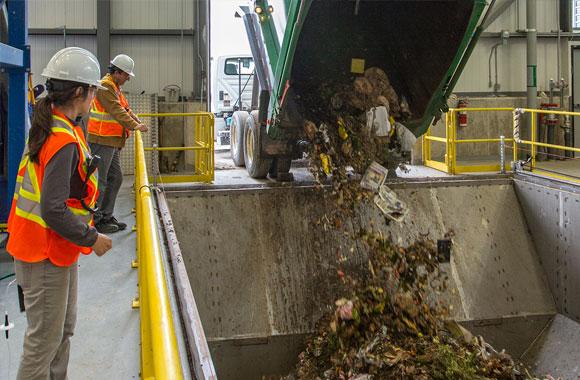From concrete to computers, cars to clothing, industry makes them all. It includes strings of connected activities: extracting raw materials, manufacturing component parts and completed goods, provisioning them for use, dealing with disposal, and (possibly) putting waste back to work. The dominant mode of operation is take-make-use-trash—a linear flow of materials that is inefficient and untenable. All told, industry contributes 21 percent of total greenhouse gas emissions.
This sector derives its name from the Latin for “diligence.” Industry’s hard work certainly propels economic activity, but it also creates substantial greenhouse gas emissions—and some of the hardest to halt. Industry requires the use of energy-hungry machines, furnaces, and boilers, and often employs polluting processes. Many of its emissions occur on-site—at a plant or factory, for example—making industry directly responsible for 21% of all heat-trapping emissions. Given its appetite for electricity, industry also drives close to half of off-site electricity generation emissions. Within this sector, production of cement, iron, and steel top the emissions charts. Aluminum, fertilizers, paper, plastics, processed foods, textiles, and waste pile up the problem.
How can we improve industrial processes and materials produced? How can industry make use of waste and move toward flows of substances that are efficient and circular?
These questions have implications that reach well beyond this sector, as it’s fundamentally linked with mobility, infrastructure, buildings, food, and technologies of all sorts. Industry solutions cluster around materials, waste, refrigerants, and energy efficiency.
Improve Materials
Plastic, metals, and cement are some of the most ubiquitous materials. They’re also prime candidates for improvement and replacement with better alternatives that can meet the same needs, but with lower emissions.
Use Waste
Waste can be reclaimed as a resource—something of value, rather than something to discard—to reduce the use of raw materials and energy, thereby reducing emissions. The most advanced approaches move us toward a circular economy.
Address Refrigerants
Chemicals used in refrigeration are potent greenhouse gases that often leak during use or disposal. We can better manage and dispose of the fluorinated gases currently used as refrigerants, and, ultimately, replace them with benign alternatives.
Enhance Efficiency
Industrial processes can also reduce emissions by boosting energy efficiency and using low- and no-carbon energy sources.
Industry—especially heavy industry—presents some of the biggest challenges for reducing emissions to zero. For example, manufacturing concrete, a staple of modern construction, releases a great deal of carbon dioxide. A number of industrial processes, such as fabricating steel, require very high temperatures that, for now, rely on burning fossil fuels. This sector is likely to see critical new solutions in the years ahead.
To date, Project Drawdown has assessed a limited selection of industry solutions. We aim to expand this solution set in the future with additional solutions for improving the production of materials such as chemicals, steel, and textiles.




